Subscribe to my blog
Make your life easier - my blog posts delivered directly to your inbox.
Hawker-Overend Fishing
Many years ago on the River Ribble, I caught my first brown trout on a Partridge and Orange Spider using traditional wet fly fishing tactics. It was followed by two further trout on the spider.
Since then, I have caught 100’s of trout and grayling on wet-flies. In addition, I have caught plenty of sea trout and a few salmon on traditional wet-flies, especially on the Welsh Dee.
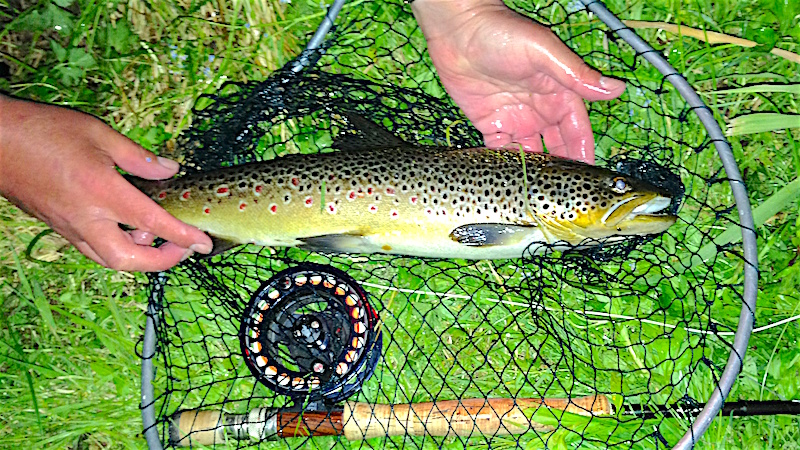
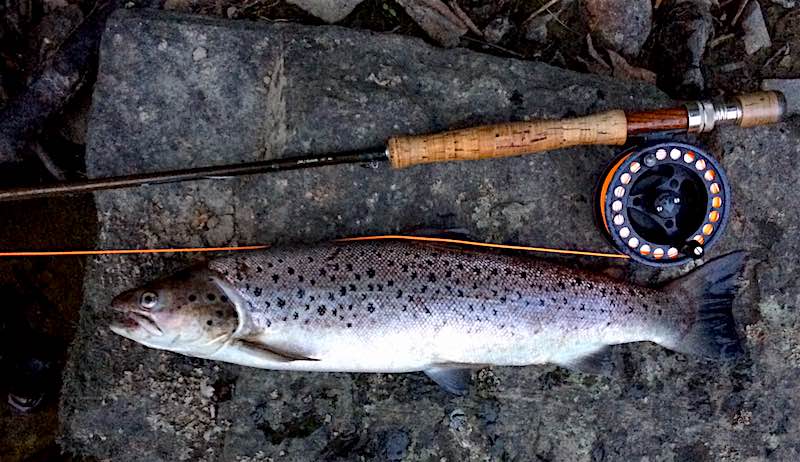
Using wet-flies to catch trout & grayling dates back hundreds of years, long before the use of the dry-fly. For the novice angler wet-fly fishing is a good starting place because it often produces results quickly. Furthermore, it is the logical first step in the learning process that can be built on by mastering the skills of imitating the hatching, which that are necessary to consistently catch trout on the dry-fly.
More often than not, the use of wet flies often will out fish the dry-fly on the Welsh Dee; mainly because trout & grayling are primarily subsurface feeders, even when flies are hatching. Therefore, mastering the art of wet-fly fishing provides the angler with another approach to catch fish when the other techniques fail. In addition, as evening approaches and the light starts to fade it extends your fishing time into nightfall. Furthermore, as the light fades on summer evenings, I often pick up sea trout and the occasional salmon on traditional wet-fly patterns.
On the equipment front you can use almost any standard fly rod and an appropriately matched reel. My preference for the Welsh Dee is a soft-action, 9ft-6”, 6wt rod and a standard weight forward floating line. However, 9 to 11ft rods of 4 to 7wt can be used effectively. I normally fish a team of three flies on tapered leader with a total length of 9 to 12ft. In windy conditions, I use a 9ft leader and maybe just 2 flies because is less prone to tangle; otherwise, I use a 12ft leader with three flies 3ft apart.
Technique is much more important than the equipment and is the overriding factor that determines how successful you will be. Fortunately, the approach is relatively straight forward, it just needs practice. Master the following approach and you will catch plenty of trout and grayling on the Welsh Dee and most other rivers:

As you can see there is a little more to effective wet-fly fishing than casting the flies across the river and letting the drift round to the dangle below you. However, with practice the above method produces to spine-tingling takes, typically larger fish and is a rewarding way of fishing most trout rivers.
On the Welsh Dee I will fish Wet Flies on-and-off all year round, especially when:
There is a plethora of wet flies to choose from but for this article I’m going to highlight a limited selection that I have found work well on the Welsh Dee. I have organised them in teams that I tend to use as my go-to selection that tend to fish well during the various months of season (left to right : top dropper to point fly):
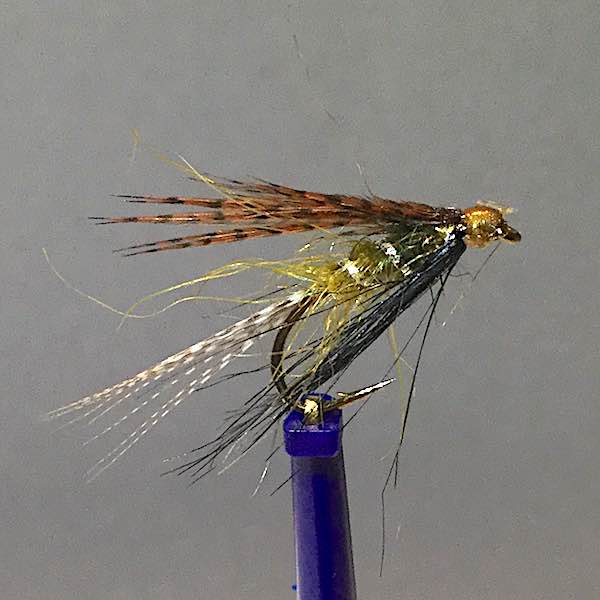
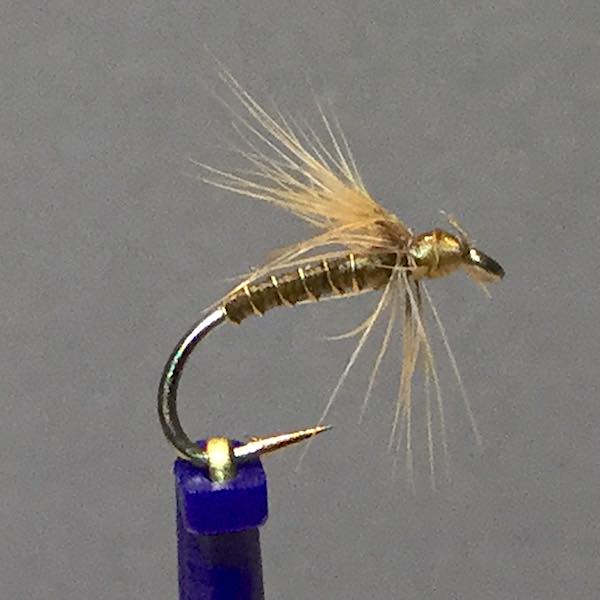
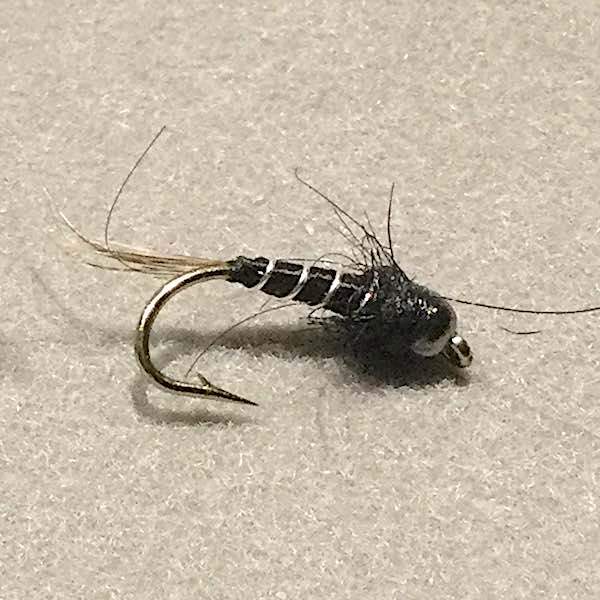

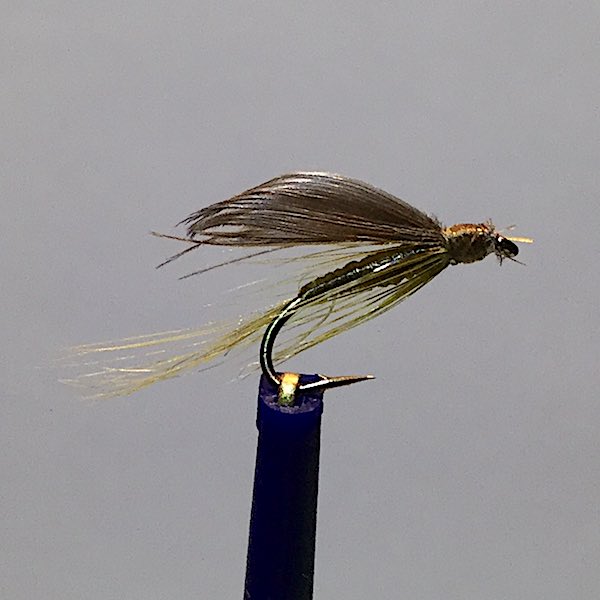
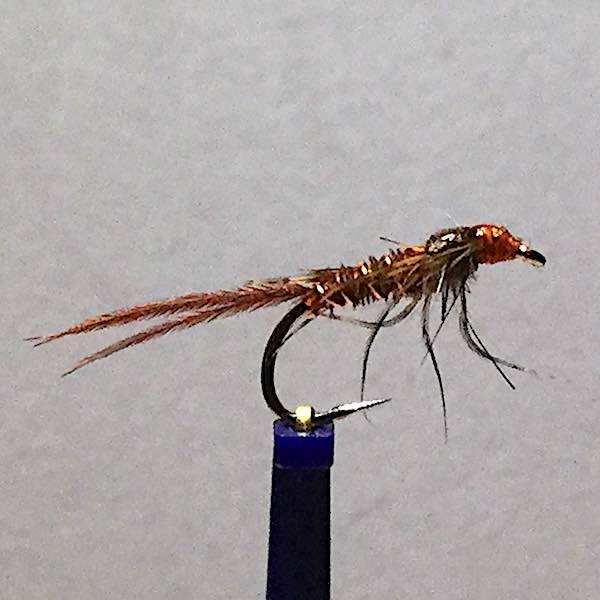

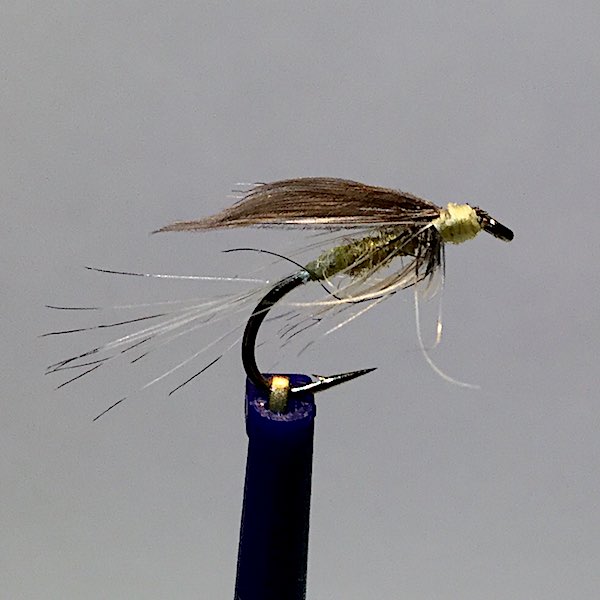
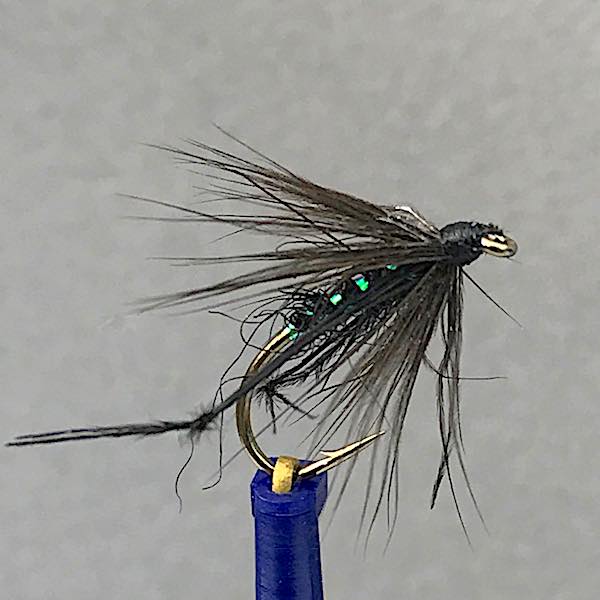
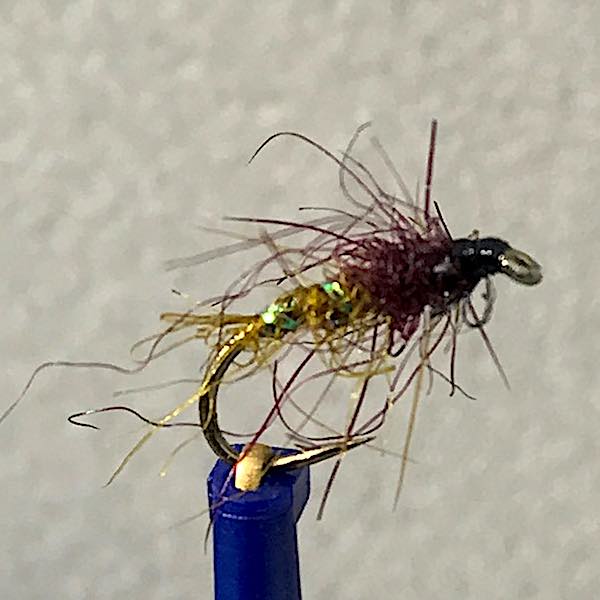

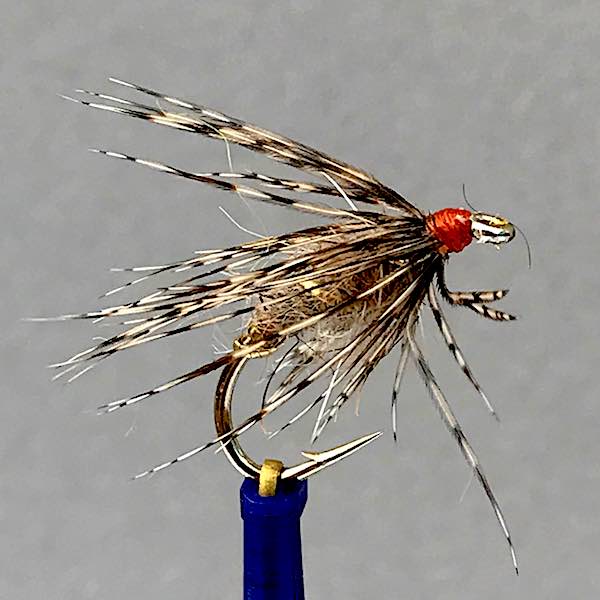
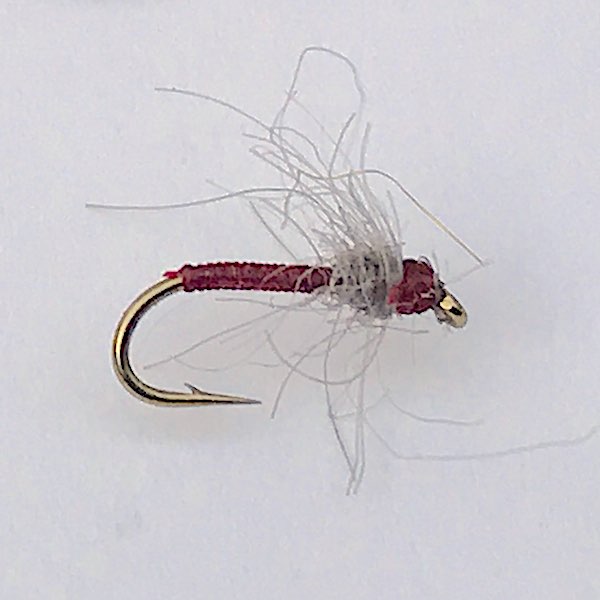

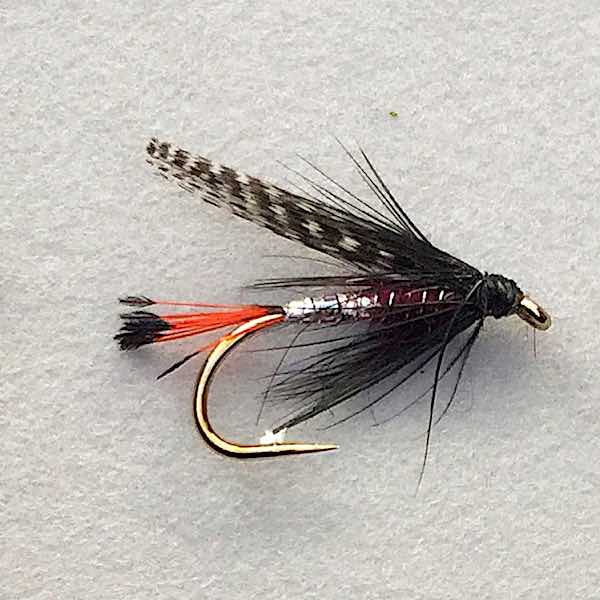

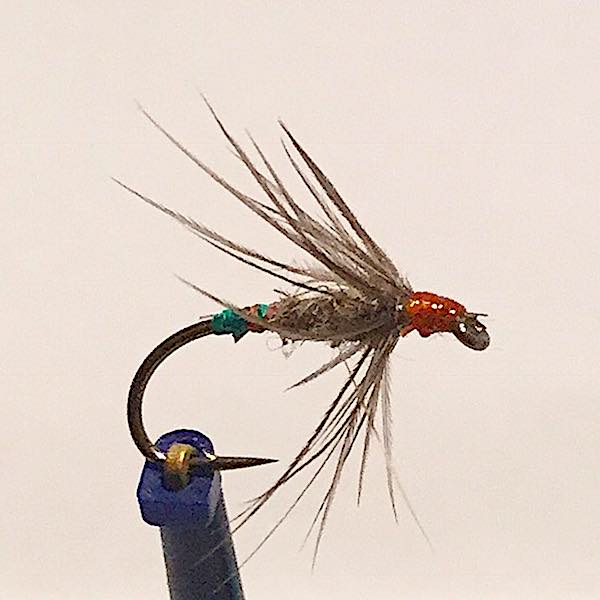
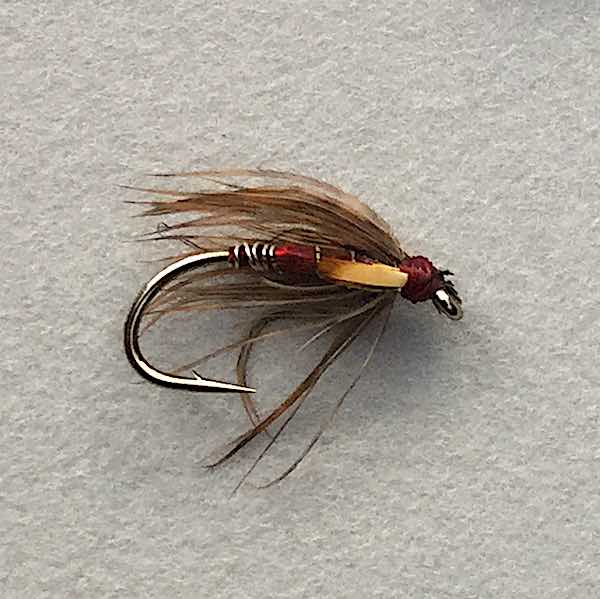
Subscribe to my blog
Make your life easier - my blog posts delivered directly to your inbox.